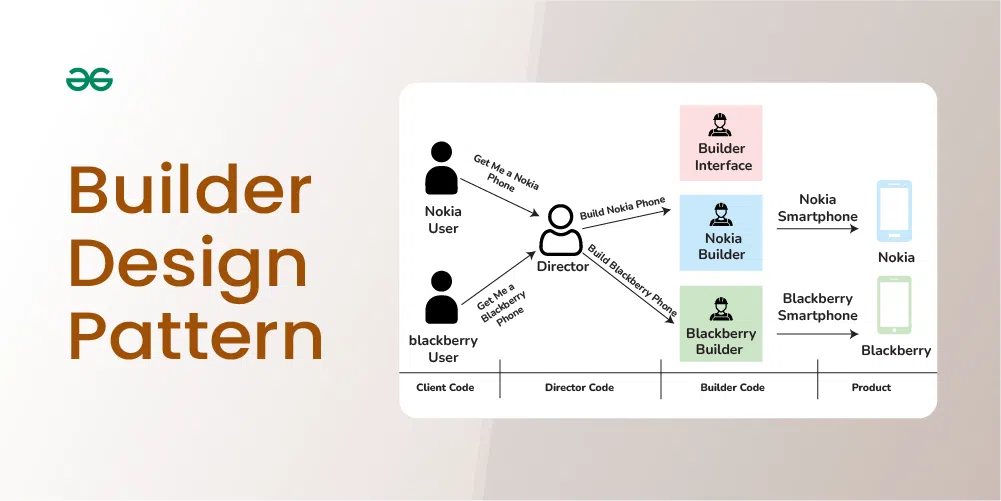Java设计模式与单元测试
发布时间: 2024-08-30 07:07:13 阅读量: 119 订阅数: 47 


# 1. Java设计模式概述
## 1.1 设计模式的定义与重要性
设计模式是软件工程中,针对特定问题的通用解决方案模板,它们能够帮助开发者编写更加清晰、可维护且具有弹性的代码。设计模式并非直接提供代码来解决具体问题,而是提供了一种经过时间考验、通用的设计思想。它们被广泛应用于面向对象编程领域中,尤其是Java语言因其清晰的OOP结构,设计模式在Java开发中扮演了至关重要的角色。
## 1.2 设计模式的分类
设计模式按照其解决的问题类型,被分为三大类:创建型、结构型和行为型模式。创建型模式关注对象的创建过程,结构型模式关注如何组合类和对象以获得更大的结构,而行为型模式专注于对象之间的通信。在每一类模式中,都有多种具体的设计模式,例如创建型模式就包括了单例、工厂方法、抽象工厂、建造者等。
## 1.3 设计模式在Java中的实际应用
在Java开发中,设计模式不仅用于提高代码的可读性和可重用性,还可以帮助解决特定的设计难题。例如,单例模式可以确保一个类只有一个实例,并提供一个全局访问点;工厂模式可以隐藏创建对象的复杂性,只对外提供一个统一的接口。理解并熟练应用设计模式,对于任何希望提升编程技能的Java开发者来说,都是一项必备的能力。
# 2. 单例模式的深入解析
### 单例模式的实现原理
单例模式是一种常用的创建型设计模式,它确保一个类只有一个实例,并且提供一个全局访问点。这种模式在Java中有多种实现方式,但核心思想都是通过私有构造函数、一个私有静态变量以及一个公共的静态方法来控制实例的创建。私有静态变量用于存储类的唯一实例,私有构造函数确保外部不能通过构造函数来创建类的实例,而公共的静态方法则提供了一个获取实例的全局访问点。
实现单例模式的关键步骤包括:
1. 构造函数私有化,防止外部创建实例。
2. 在类内部创建一个静态实例。
3. 提供一个公共的静态方法用于获取这个唯一实例。
下面是一个简单的单例模式实现示例:
```java
public class Singleton {
// 步骤2: 在类内部创建一个静态变量来存储唯一实例
private static Singleton instance;
// 步骤1: 私有化构造函数,确保外部不能通过构造函数来创建类的实例
private Singleton() {
}
// 步骤3: 提供一个公共的静态方法用于获取这个唯一实例
public static Singleton getInstance() {
if (instance == null) {
instance = new Singleton();
}
return instance;
}
}
```
### 单例模式的实践案例
在实际的应用中,单例模式可以用来管理数据库连接、配置信息的访问等。以数据库连接为例,通常我们希望整个应用程序中只存在一个数据库连接实例,以减少资源消耗并保证数据库连接的管理逻辑集中。下面是一个利用单例模式管理数据库连接的简化示例:
```java
public class DatabaseConnection {
// 使用静态变量存储数据库连接实例
private static Connection connection;
// 私有化构造函数,防止外部创建实例
private DatabaseConnection() {
// 初始化数据库连接
}
// 提供公共静态方法获取数据库连接实例
public static Connection getConnection() {
if (connection == null) {
// 此处添加数据库连接创建逻辑
connection = createConnection();
}
return connection;
}
private static Connection createConnection() {
// 创建数据库连接的代码
return null;
}
}
```
在上面的代码中,我们创建了一个`DatabaseConnection`类,它使用了单例模式来确保整个应用程序中只有一个数据库连接实例。如果需要数据库连接,应用程序只需要调用`DatabaseConnection.getConnection()`即可获取。
通过这种方式,我们可以确保数据库连接的创建逻辑集中在一个地方,便于维护和管理。同时,也避免了频繁创建和销毁数据库连接带来的性能损耗。需要注意的是,在多线程环境下访问单例时需要考虑线程安全问题,可以使用同步方法或双重检查锁定等机制来解决。
## 工厂方法模式与抽象工厂模式
### 工厂方法模式的原理与应用
工厂方法模式是一种创建型设计模式,它提供了一种创建对象的最佳方式。在工厂方法模式中,创建对象的任务交由子类来完成,这样父类就可专注于通用的操作,而子类则可以在创建对象的过程中引入变化。工厂方法模式的主要角色包括:
- `Product`:定义工厂方法创建的对象的接口。
- `ConcreteProduct`:实现`Product`接口的具体类。
- `Creator`:声明工厂方法,该方法返回一个`Product`类型的对象。`Creator`也可能定义返回默认`ConcreteProduct`对象的工厂方法。
- `ConcreteCreator`:重写工厂方法以返回`ConcreteProduct`实例。
在工厂方法模式中,创建对象的逻辑是在`ConcreteCreator`类中实现的,而`Creator`类则提供了一个抽象的工厂方法,供子类重写。这种方式使得`Creator`类与其具体产品类解耦,符合开闭原则。
下面是一个工厂方法模式的简单实现:
```java
// Product接口
public interface Product {
void use();
}
// ConcreteProduct类
public class ConcreteProduct implements Product {
public void use() {
System.out.println("Using ConcreteProduct");
}
}
// Creator类
public abstract class Creator {
public abstract Product factoryMethod();
}
// ConcreteCreator类
public class ConcreteCreator extends Creator {
public Product factoryMethod() {
return new ConcreteProduct();
}
}
```
在上述代码中,`Creator`是一个抽象类,定义了一个抽象方法`factoryMethod`,用于创建`Product`类型的对象。`ConcreteCreator`继承`Creator`并实现其方法,返回一个`ConcreteProduct`对象。
### 抽象工厂模式的特点与实例
抽象工厂模式是一种创建型设计模式,它提供了一种方式,可以创建一系列相关或相互依赖的对象,而无需指定它们具体的类。抽象工厂模式的主要角色包括:
- `AbstractFactory`:声明创建抽象产品对象的操作接口。
- `ConcreteFactory`:实现创建具体产品对象的操作。
- `AbstractProduct`:为一类产品对象声明一个接口。
- `ProductA` 和 `ProductB`:具体产品类,实现了`AbstractProduct`接口。
- `Client`:使用`AbstractFactory`和`AbstractProduct`接口。
抽象工厂模式用于创建一系列相关或相互依赖的对象,这些对象属于不同产品等级结构,但它们之间存在一定的联系。它让具体工厂负责创建相关对象的逻辑,让客户端与具体产品的创建逻辑解耦。
下面是一个抽象工厂模式的实现示例:
```java
// AbstractProductA和AbstractProductB定义了产品的接口
public interface AbstractProductA {
void doSomething();
}
public interface AbstractProductB {
void doSomethingElse();
}
// ConcreteProductA和ConcreteProductB实现了产品的接口
public class ConcreteProductA1 implements AbstractProductA {
public void doSomething() {
System.out.println("ProductA1");
}
}
public class ConcreteProductB1 implements AbstractProductB {
public void doSomethingElse() {
System.out.println("ProductB1");
}
}
// AbstractFactory声明创建抽象产品对象的操作接口
public abstract class AbstractFactory {
public abstract AbstractProductA createProductA();
public abstract AbstractProductB createProductB();
}
// ConcreteFactory1和ConcreteFactory2实现创建具体产品对象的操作
public class ConcreteFactory1 extends AbstractFactory {
public AbstractProductA createProductA() {
return new ConcreteProductA1();
}
public AbstractProductB createProductB() {
return new ConcreteProductB1();
}
}
// Client代码使用Factory和Product接口
public class Client {
private AbstractProductA productA;
private AbstractProductB productB;
public Client(AbstractFactory factory) {
productA = factory.createProductA();
productB = factory.createProductB();
}
public void run() {
productA.doSomething();
productB.doSomethingElse();
}
}
```
在上述代码中,我们定义了两个抽象产品接口`AbstractProductA`和`AbstractProductB`,以及它们的具体实现`ConcreteProductA1`和`ConcreteProductB1`。我们还定义了一个抽象工厂类`AbstractFactory`,它声明了创建抽象产品对象的操作接口。`ConcreteFactory1`实现了创建具体产品对象的操作。客户端代码通过抽象工厂和产品接口来创建和操作产品对象,无需关心具体产品的实现。
通过抽象工厂模式,我们可以方便地扩展产品族,例如添加更多的`ConcreteFactory`和`Product`实现,而不会影响现有的客户端代码。这种方式非常适用于有多个产品线,且产品间有复杂逻辑关联的应
0
0





